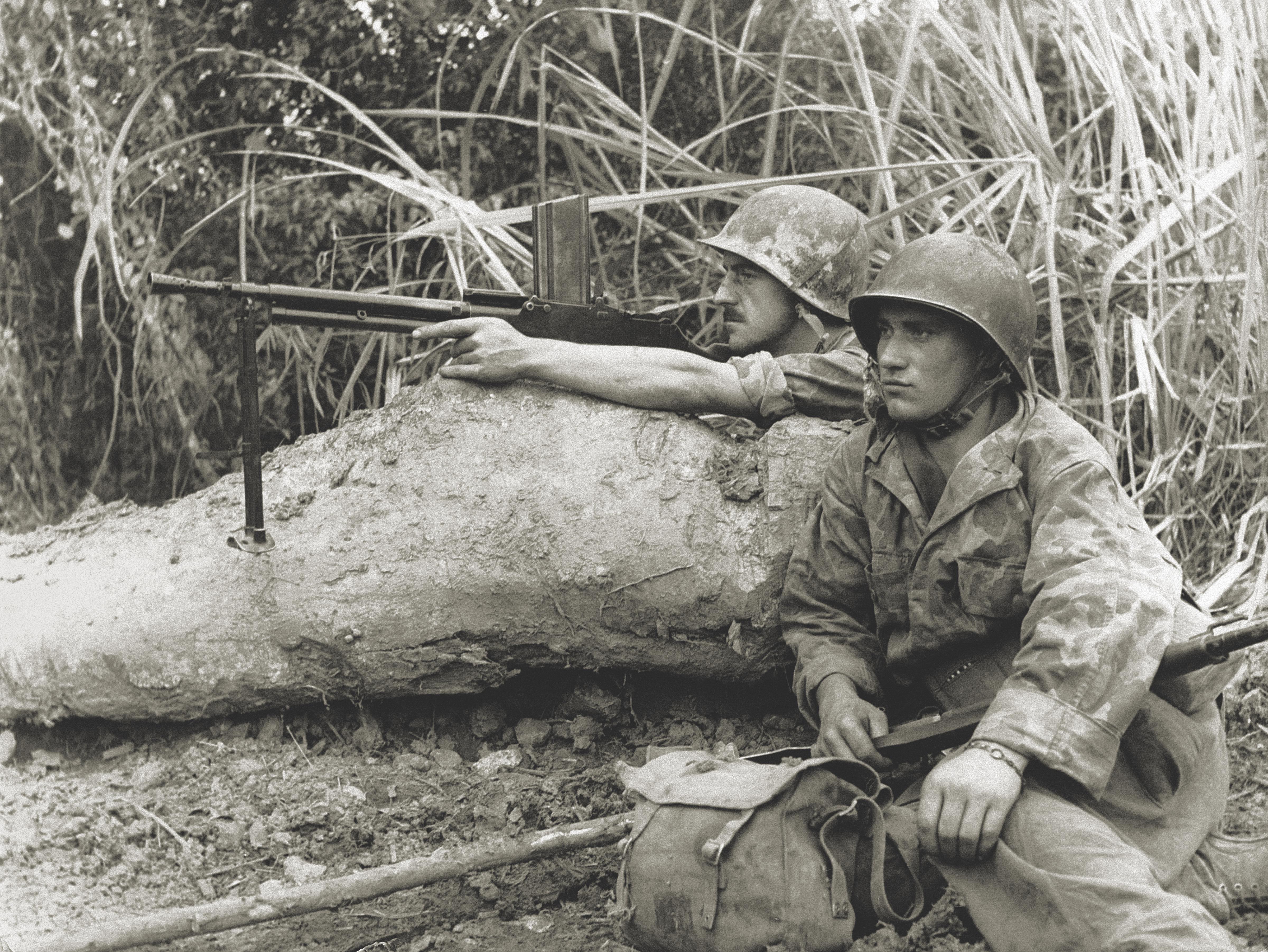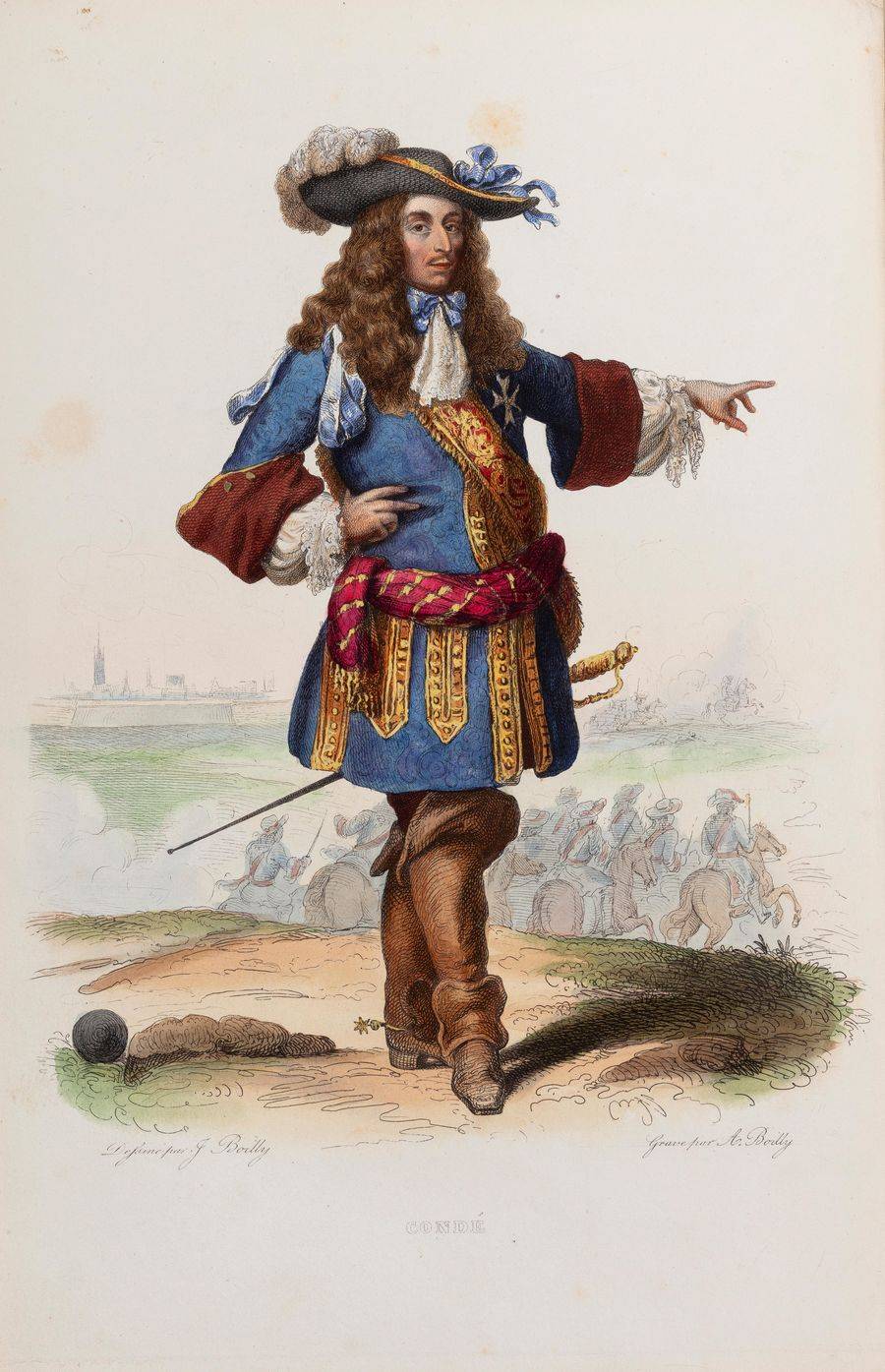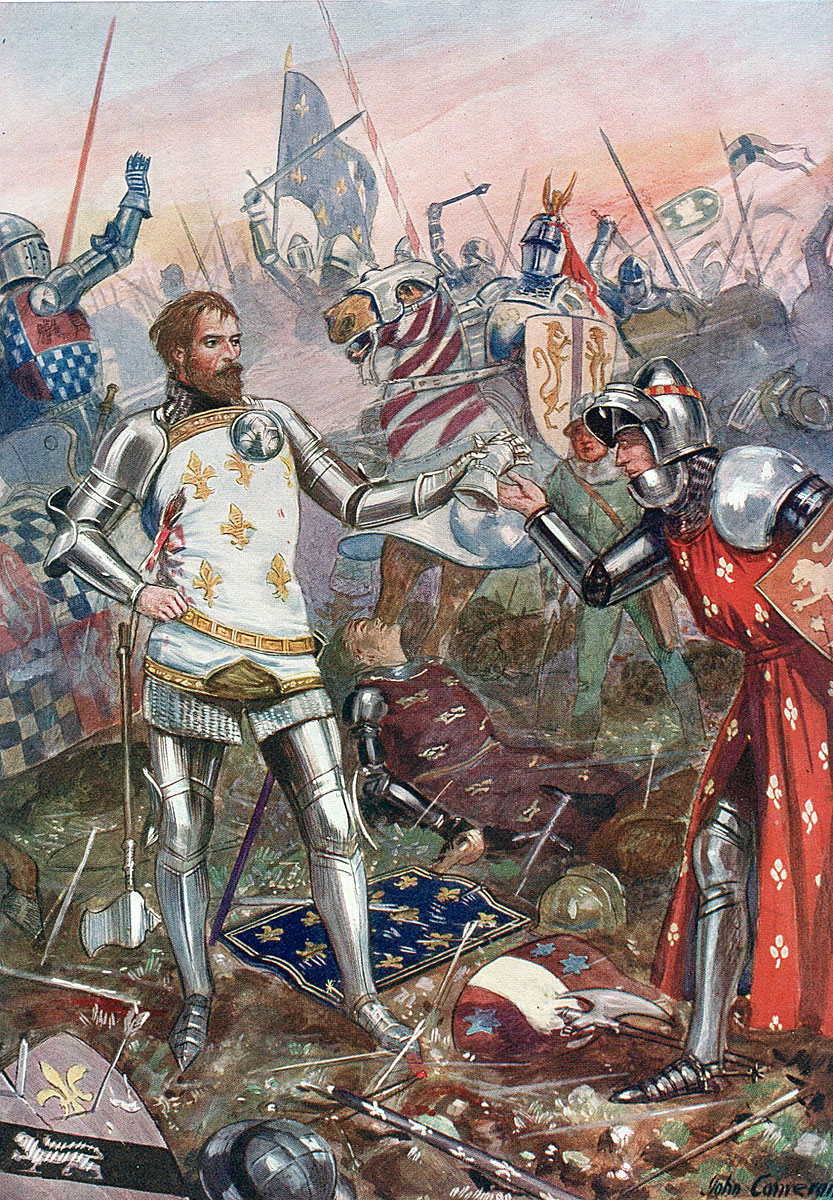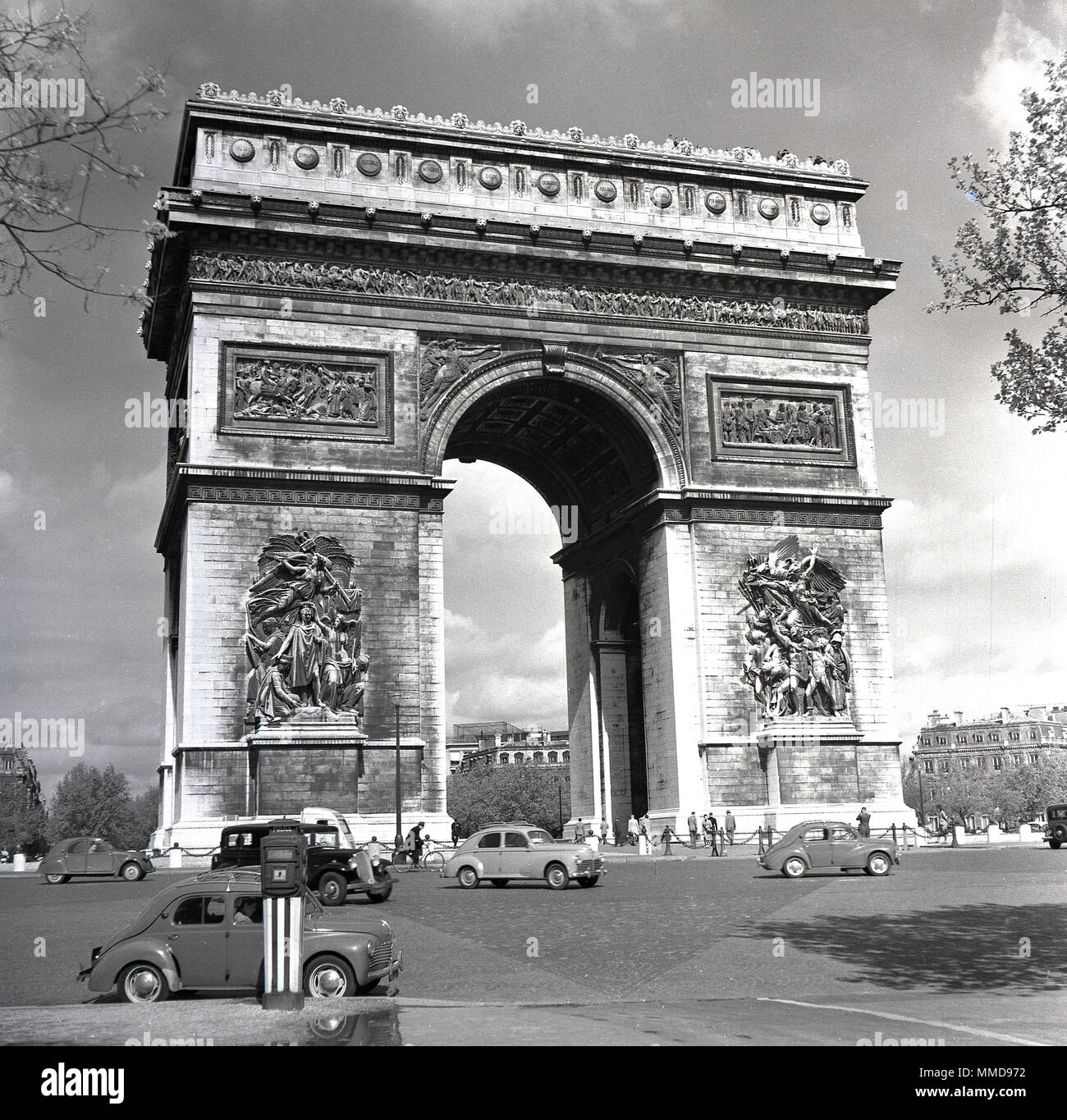French Military Vehicles - France not only lifted the lid on the SCORPION network on the ground at the 2020 International Motor Show, but also showed the new vehicles that will be the backbone of its future army.
Modernization of the French army will consist of an incredible 6,000 vehicles, including the improvement of existing vehicles and the replacement of some completely. The new members will include military transport vehicles, infantry fighting vehicles, armored mortars and heavy tanks.
French Military Vehicles
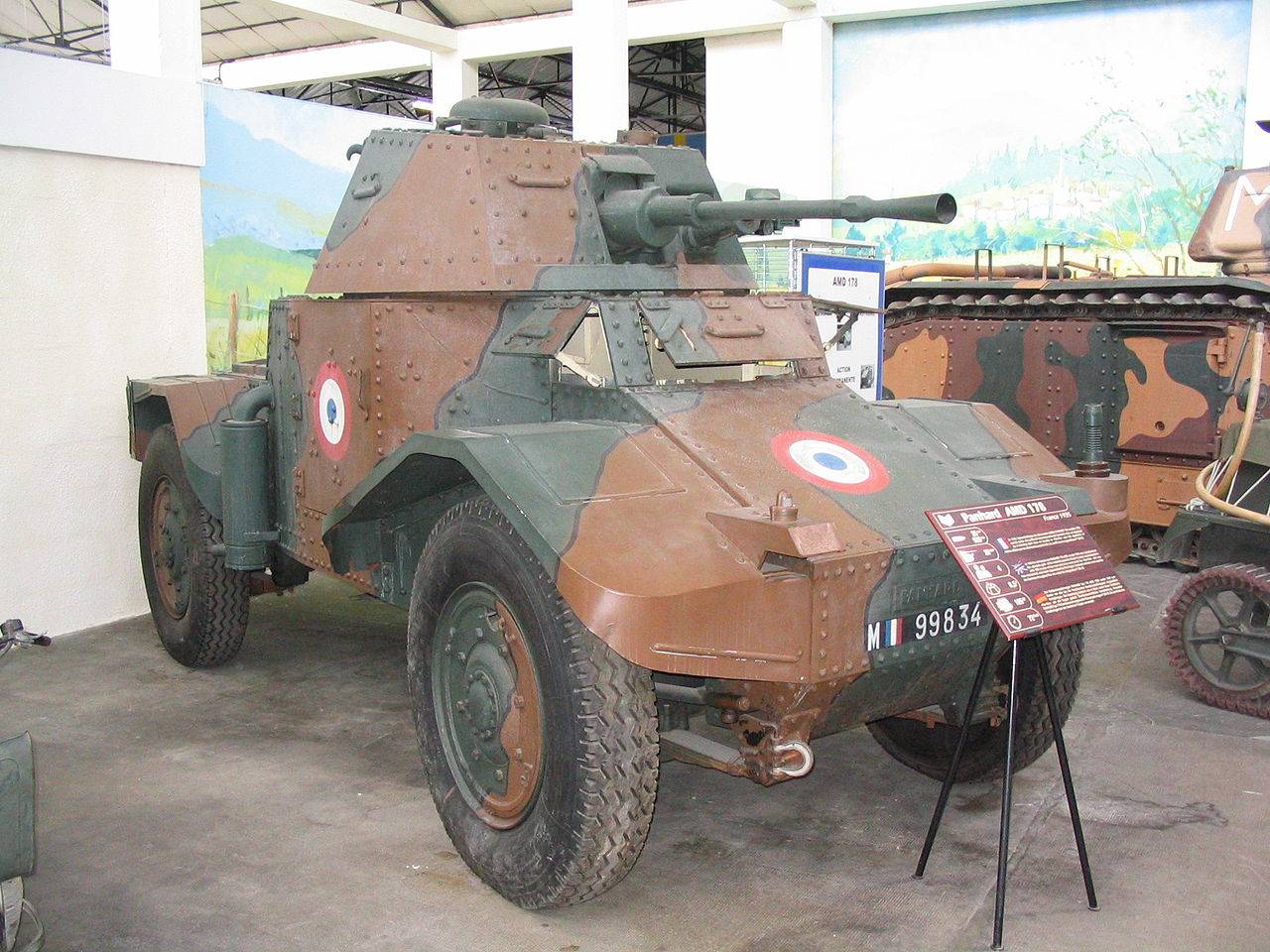
Here we take a look at some of the modified and new vehicles designed to change ground operations for the French army.
French Army Unveils Jaguar Recon Vehicle
The Serval 4×4 is one of the biggest purchases of the French army. Along with the Griffon, it will replace the current fleet of Véhicule de l'avant blindé (VAB), which has been in operation since the 1970s.
The car, dubbed Operation Serval, the French military operation in Mali in 2013-2014, the car will be the "workhorse" of the French army, delivering workers from far away, quickly.
The vehicle can accommodate eight personnel, including the driver and gunner, and has a V-shaped hull for increased blast resistance made from aluminum. Although this makes the car more expensive, its makers - the Nexter-Texelis partnership - say it also makes it more explosive.
With the contract signed in 2018, the first Service will be provided in 2022 and will continue to be deployed until 2032. Immediately, the French army will operate in approximately 2,038 of the vehicles, with replacing two-thirds of the current VAB.
French Jaguar Armored Vehicle Fires Mmp Missile For First Time During Trials
The car comes with 16 different products, and they are made at the same time, which means they can be ordered and delivered as needed. At present, the three known variants are armored patrol vehicles, tactical communication nodes and surveillance, acquisition, intelligence, recognition types.
Another face of the VAB exchange is the Griffon, built by a partnership between Nexter, Arquus, Thales and Renault Trucks. The multi-armored 6×6 vehicle will also work with the Serval to transport personnel and act as an ambulance or mobile command post, among other roles.
France ordered 1,872 of the vehicles in a variety of categories. different types Of the 1,872 vehicles ordered by the French, one of the most interesting was the anti-tank mortar. by MEPAC, where 54 of them were ordered. This version will carry Thales' 120mm 2R2M mortar system, which allows the crew to provide fire support from the safety of an armored vehicle, while French troops will be dismounted to provide bombardment support.

The MEPAC Griffon is scheduled for delivery between 2023 and 2027. Deliveries of the first batch of other Griffon models began in 2018 and will continue for several years.
The French Just Transformed The Ranger And Everest To Military Vehicles
Aiding the modernization effort are 200 upgraded Leclerc main battle tanks, which will help the French army gain greater firepower.
With deliveries expected between 2020 and 2022, the updated Leclerc will play a key role in the Scorpion concept with improved weapons, a new remote weapon system, new sensors, grenade launchers and a computer system for allowing the tank to be integrated with other new acquisitions in the fleet.
Designed and built by Nexter, the upgraded MBTs will be built around the Scorpion platform and use the tank's superior firepower to support and cover smaller vehicles.
Delivery of 300 Jaguar vehicles should begin in 2021. The first batch will bring sensors to guide and protect the movement of the French armored forces, including microphones, laser sensors and sensors launch a missile to warn not only the crew inside but also the other vehicles inside. formation near the station.
French Forces Parade Troops And Military Vehicles During The Bastille Day Ceremony At The French Base In Djibouti, July 14, 2016. Armored Vehicles, Fire Trucks And Helicopters Were On Display And The
Developed by Nexter Group, Arquus and Thales, the vehicle shares much of its DNA with the Griffon platform and will replace the current AMX-10 RC research vehicle and the armored ERC-90.
Around 70% of the Griffon's components are interchangeable with Jaguar, reducing life cycle costs and making both vehicles easier and cheaper to produce in line with Jaguar's promise to keep costs under €1 million.
At the International Conference on Armored Vehicles in January, the French military said the first Jaguars had already begun field trials before being deployed across the force.

The newly updated vehicles, which are connected by the Scorpion platform, will redefine the ability of the French army to get to places quickly, bringing more power and systems to the road.
Franco Belgian Camo Project: Entry Into Force Of The Intergovernmental Agreement And Notification Of The Contract For The Acquisition Of Armored Vehicles
By the end of the decade, the Scorpion-powered force will consist of 200 upgraded Leclercs, 1,872 Griffon vehicles, 2,038 Serval 4x4s, 300 Jaguars, 625 improved VCI vehicles and a further 1,000 VBL LAVs in total. 6,000 weapons.
The Scorpion system is expected to be first integrated with connected vehicles in 2025. In addition to delivering new vehicles and upgrades, the Scorpion program aims to enable ground vehicles to communicate with robots and unmanned aerial vehicles. (UAS) to provide the strength of France. a detailed picture of the battle scene at the promised time.
Global Aviation, Defense & Security M&A, Q2 2021 - Key Themes - Theme Analysis They are Griffon, Jaguar and Service, and each has the ability to put a smoke screen.
You would be surprised at the age of the vehicles in most western armies. From tanks to military transports, from reconnaissance vehicles to manned gun systems, military vehicles can last for many years. But among the latest ones there are three French devices, which were manufactured in the last eight years, which are delivered to the French army.
The French Dispatch: A Best Of Breed Armored Car For Ukraine
They are named after animals, real or fictional: Griffon, Jaguar and Serval. And they are the cornerstone of the French military modernization program called Scorpion (which stands for Synergie du Contact Renforcee par la Polyvalence de l'Infovalorisation), which means they can work together using a single combat information system.
Launched in 2014, the program is on schedule to deliver 3,150 vehicles by 2030: 1,872 Griffons, 300 Jaguars and 978 Services. In 2015, the vehicles were just sketches.
The French army wants vehicles with the best armor, they offer the best protection against fire inside the vehicle and against nuclear, radio, biological or chemical attacks, can stop IEDs, have a remote-controlled gun, new sensors are also more efficient, along with air conditioning. And that's what they got.
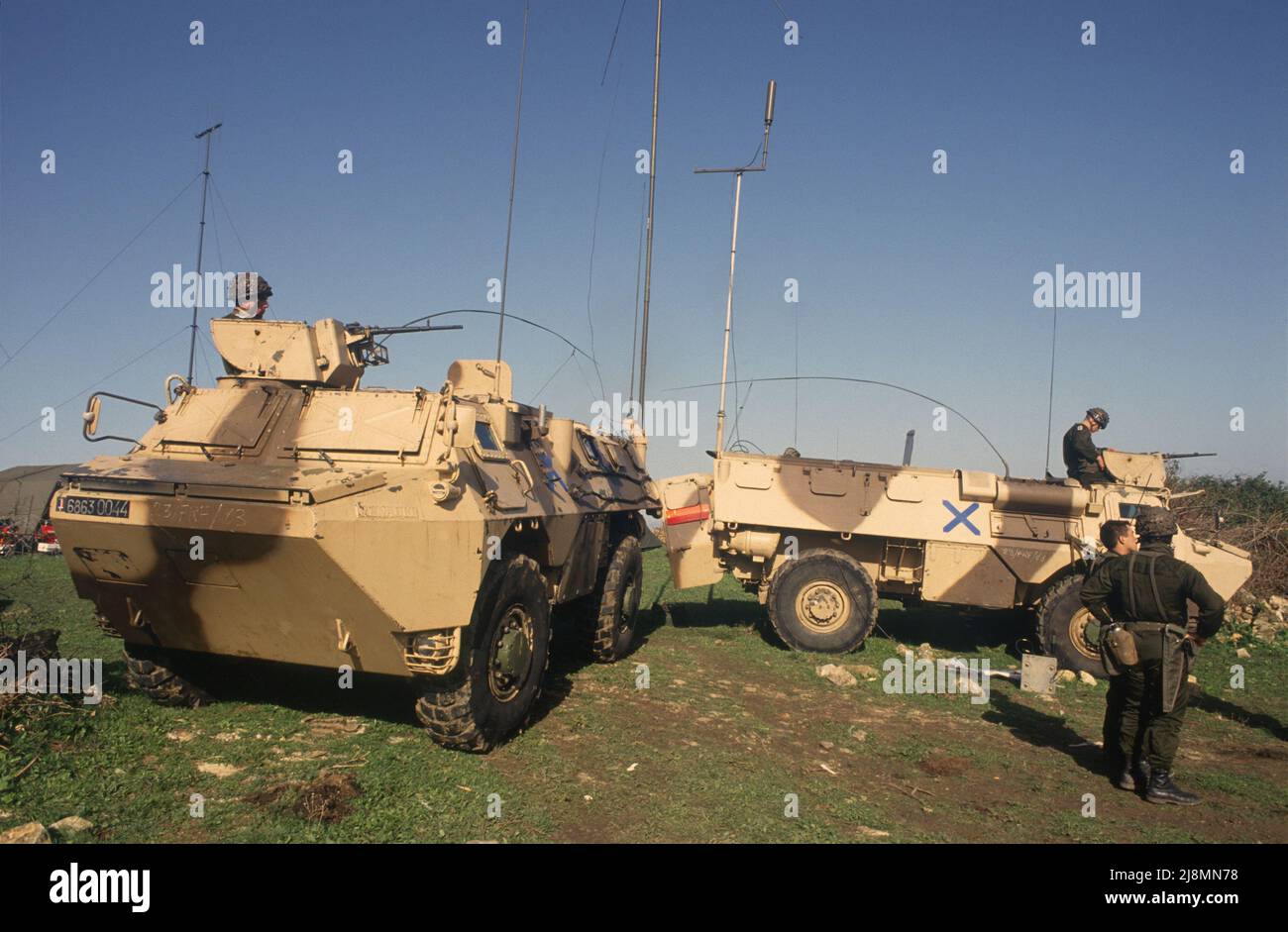
The 27 ton 6×6 Griffon armored personnel carrier looks like a truck with a gun on top. It was produced in 10 types, and eight of them are already qualified, which means they passed all the necessary tests for acceptance by the military. The 10 models all share the same vehicle body: 25 feet long, 8 feet wide, and 11.5 feet tall with turret. They are powered by a 400 horsepower engine with a 7-speed automatic transmission and have a top speed of 56 mph.
Ukraine To Get Armoured Combat Vehicles From West, Asks For Tanks
Not only do they share the same vehicle body, but the drivetrain is shared with the Jaguar, making handling and transportation easier. Various systems and sensors adapt each vehicle to its role as fighter, cavalry, transport, engineer, medivac, command center and surveillance.
The Griffon driver can lock and unlock the wheel differential. "This allows the Griffon to send the same amount of power to each wheel on the same axle," the military driver said in a video. He added that "with an automatic pressure control system, this allows the Griffon to get out of difficult situations." And the tires are all worn out, which means that if they wear out, the vehicle does not stop.
The Griffon, like the Jaguar, can climb a 50 percent gradient (that's pretty steep!) and can handle up to 27 percent of the cross. It can climb steps 20 inches high, drive over gaps 3.28 feet wide, and water 2.6 feet deep. Range is 500 miles on the road or 250 miles on the country.
The seven soldiers were sitting facing each other across the car. Between each chair there is a standing bag that looks like a sleeping bag in which each soldier keeps his weapons and other equipment, keeping everything safe.
France Orders 313 More Griffon And Jaguar Vehicles
The entrance and exit is from a hill at the back which slopes down slightly to make it easy for a fully equipped soldier to escape from time to time. But perhaps the most important thing for the people inside is that it is ballistically protected to STANAG level 4 - NATO standard which means it can survive the explosion of a 22.05lb mine under each wheel or in the middle, and it is keep it for firing guns 155 mm long. explosives from 98 feet.
The 22-ton Jaguar (which can weigh up to 27.56 tons in combat with the addition of anti-missile armor or cages) is a 6×6 vehicle and looks like a small tank. Its main purpose is to get close to the enemy without being seen to collect information, even in urban or mountainous areas. It is due in November 2021. Twenty has been reached and the French army will receive 18 more
